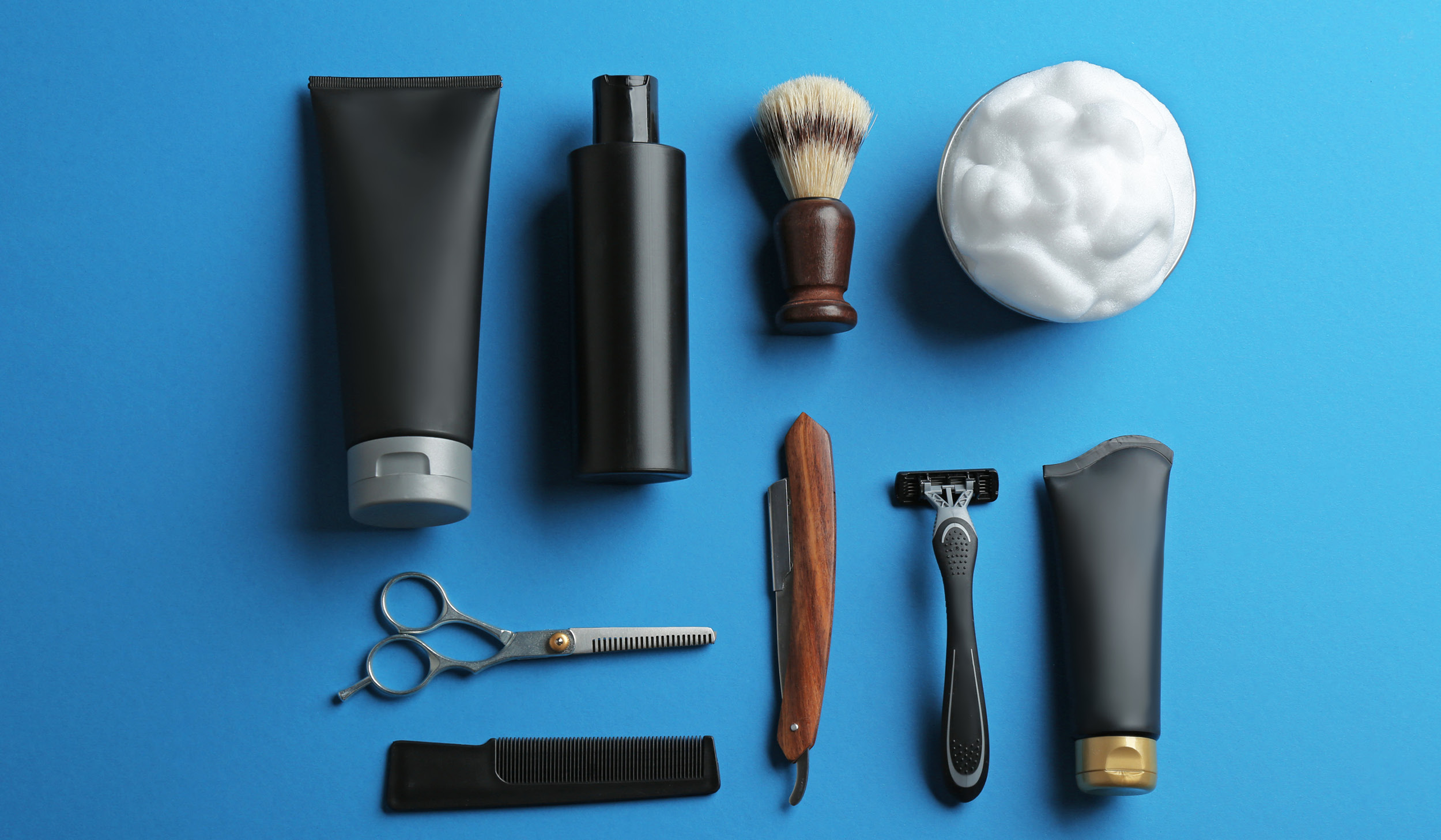Male Skincare and Grooming
Industry in Asia
2021/04/21

Photo by New Africa from Shutterstock
The Male Skincare and Grooming Industry in Asia
Eye creams, lip balms, moisturising lotions, and anti-ageing creams – these are products that have typically been associated with women, but not anymore. Today, it is not uncommon to spot men in the cosmetics departments of malls, or shopping online for skincare and grooming products that have been designed specifically for them.
Globally, the male skincare and grooming industry – which includes skin and hair products, shower products, shaving kits, and the like – has seen a rapid upward trend. In 2020, it was initially estimated that by the year 2027 the industry would reach US $140.8 billion, but this figure was later revised to US $183.2 billion. The United States, which has led the way globally in this industry, held a market share of US $38 billion in the year 2020, and China is expected to have a market size of US $39 billion by the year 2027, indicating the steady growth of the male skincare and grooming industry in Asia.
Within Asia, despite the fact that China has a larger market share, South Korea is known to be the leader in this booming industry. It is predicted that the male grooming industry in South Korea will grow at a compound annual growth rate (CAGR) of 6.2%, reaching US $21.2 billion in the next three years. This significant growth is not surprising, considering the statistic that Korean men use 13 beauty products a month on average.
While the trend is more prominent within the 20–30 age group, older Korean men have also begun to indulge in skincare and grooming. Many South Korean beauty companies, such as Laneige, Missha, and Innisfree, among many others, have launched specific lines for men, featuring lotions, creams, and shower products. International brands that have been leading the industry in female beauty products, such as Clarins, Kiehl’s, and Clinique, have also included a dedicated selection of male grooming products, which they have packaged to have a manlier feel. The potential that South Korea offers has made it the “testing ground” for companies keen to launch male-centred products or lines before introducing them to a global market.
Other Asian countries have also seen a growth in the demand for male skincare and grooming products. In Japan, the market is still relatively small compared to that of China and Korea, but it does have promise, as the country is witnessing a CAGR of 3–4%. This is a notable change, especially as Japan saw a cold response from Japanese men to male grooming products more than a decade ago. Interestingly enough, this change in the grooming mindset can be attributed to the concept of “smell harassment”, which is the “act of inadvertently offending others with unpleasant body odours”, especially in spaces such as offices and on public transport.
However, it is to be noted that the pandemic has dampened the male grooming and skincare markets across Asia and globally. Lockdowns, working from home, mask wearing, and social distancing measures, coupled with tightened budgets both for businesses and consumers, have meant that grooming and skincare products have taken a backseat. South Korea’s Amorepacific was one of several companies that had to offer voluntary retirement to their employees. The company saw a 23% decline last year, as did L’Oreal, which saw its sales drop 12%. There is a possibility that the market will pick up again as the world slowly tries to recover from COVID-19, but that is something that remains to be seen, as the pandemic has brought about many changes in consumer behaviour, from reduced shopping frequency, to a surge in e-commerce, to a change in brand preferences.